|
|
TODAY.AZ / Society
Ancient Gabala, charming place of travelers, home of Valis
27 March 2024 [17:57] - TODAY.AZ
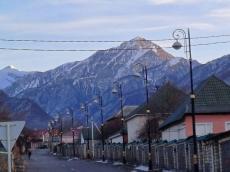
We are in Gabala, the North-West region of Azerbaijan, one of the most prominent countries of the South Caucasus. We made our way a little longer so that we could see some interesting landscapes and beautiful buildings in the cities along the way.
Again I went on a long journey on my iron horse. Actually, my travel plan was after the weather warmed up. But if the place to go is Gabala, I decided that it is worth going.
After about an hour and a half, I arrived in Shamakhi and stopped at Juma Mosque, one of the oldest places of Shamakhi.
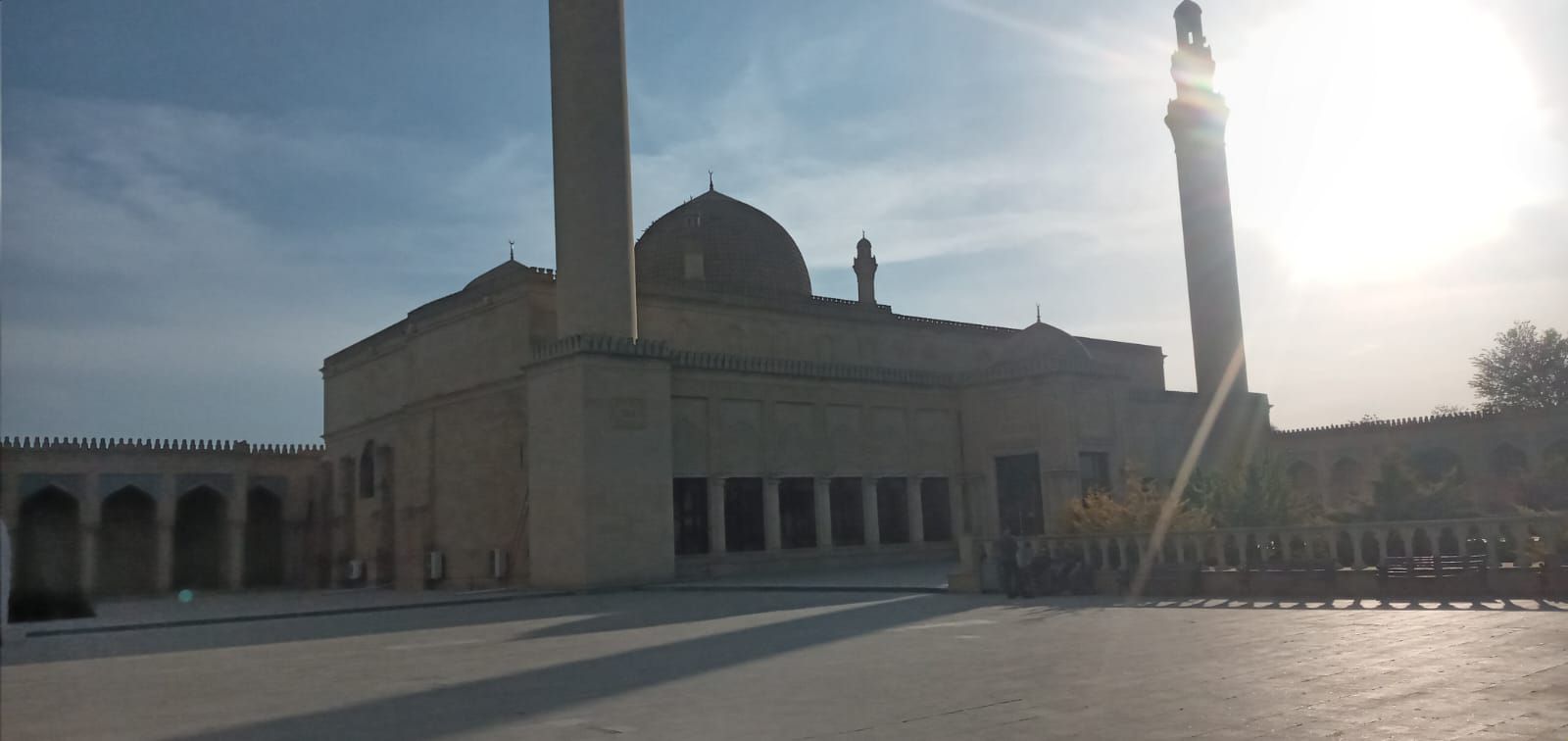
The Shamakhi Juma Mosque, built in 743, is considered one of the most outstanding treasures of the Middle Ages. The mosque timed to the rise of the Arab caliphate, around the time of the Abbasids, then faced destruction by natural disasters, and the last time the mosque was rebuilt was in 2013 by the order of President Ilham Aliyev.
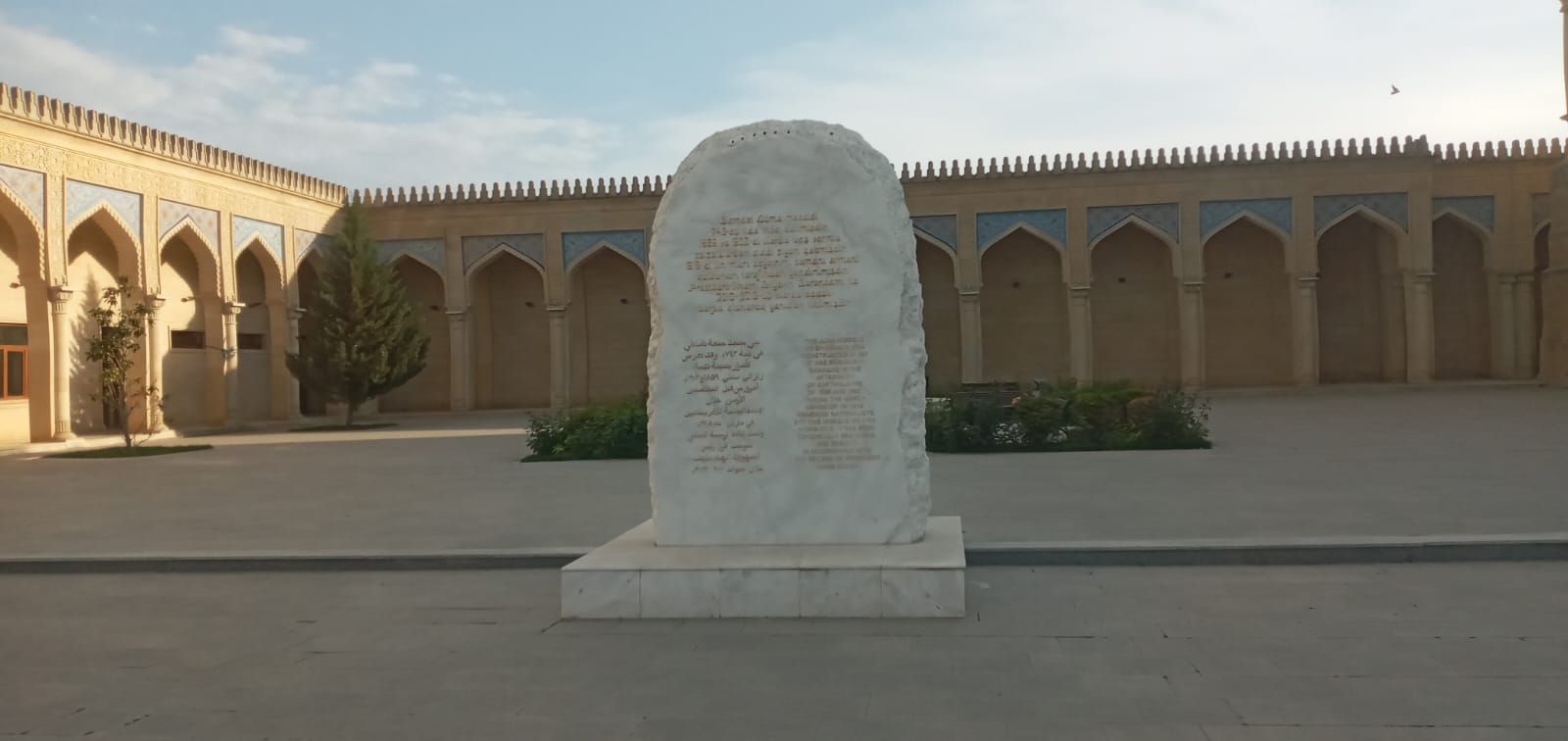
After a short break, we set off again. Because it was winter, the day was short. Also, the roads become foggy and slippery in the evening.
On the road, I stopped in Ismayilli district and watched with admiration the snow-capped mountains of the district, plunged into deep winter sleep. Indeed, the winter season is different in the northwest region.
Onward again...and finally, after a long and slow journey, I arrived in Gabala. It was impossible to go fast as the road was being repaired. Winding mountain passes and steep roads were attractive with their amazing views, but they were also somewhat risky.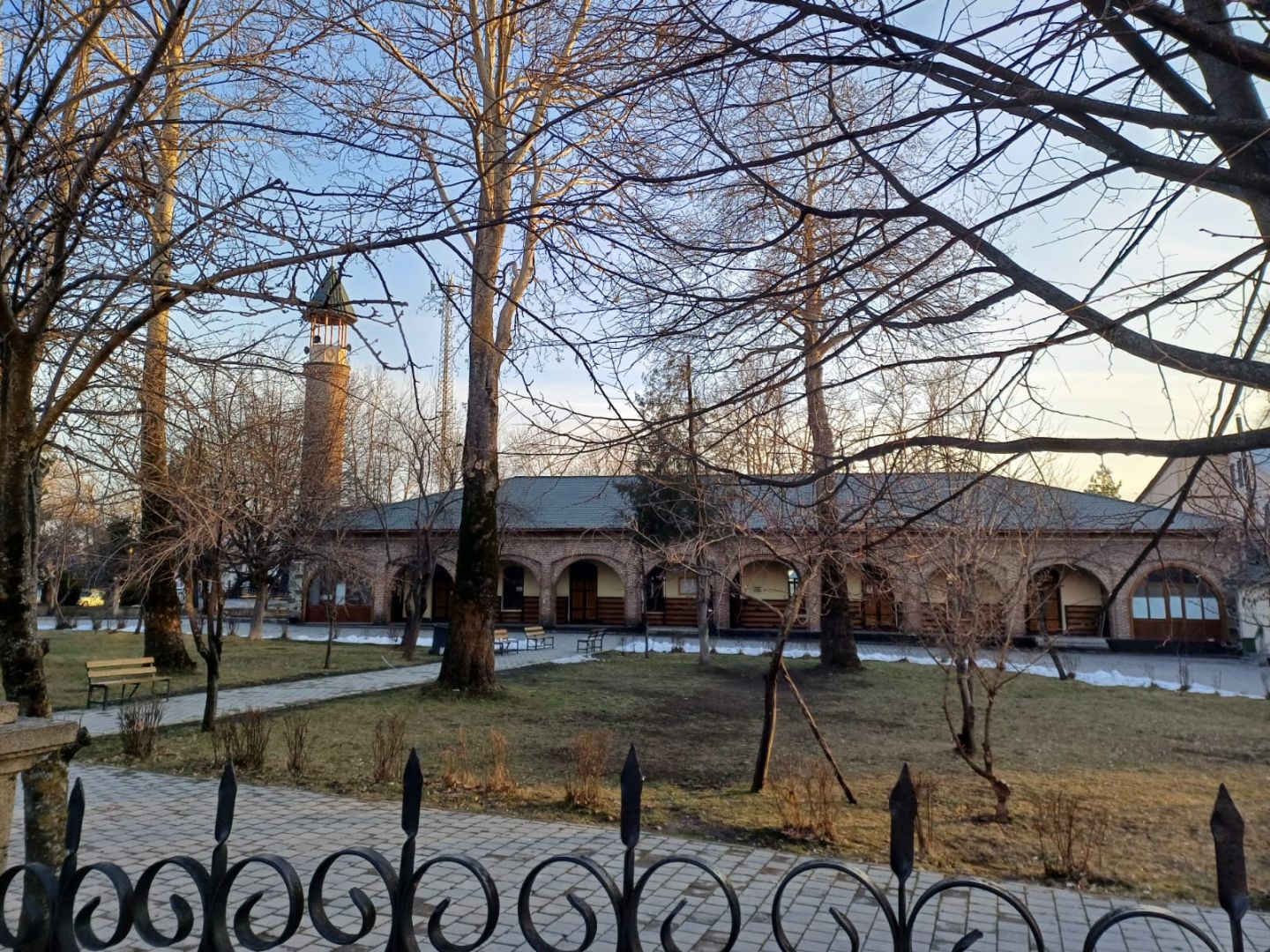
When we reached Gabala, it was time for Asr prayer. It was about 3-4 o'clock, and when entering the district, the Juma mosque of Gabala, which attracts attention with its particular appearance, was visible on my road. It was prayer time, and after an unplanned trip, I could not find an ideal place other than the mosque to relieve the fatigue of the long journey. A voice inside me said, "Enter this space and take a rest." When I entered the mosque, the imam of the mosque was reciting excerpts from hadiths and reciting the Quran in a loud and pleasant voice. There were still a few minutes left for the prayer...
As soon as the congregational prayer was over, the imam of the mosque was meeting the guests, and when I approached him, he noticed that I was not a local and greeted me with a special courtesy.
Saleh Shirinov, who received religious education at the Islamic Madrasah of Khosrov village, Agdash district, enlightens people's hearts in every congregational prayer with his eloquent speech, and conveys the beauty of our Islamic religion to people. Although the appearance of the building gives the impression of a regular mosque from the outside, when entering inside, the warm attitude of the people and the presence of radiance on their faces made one feel that they were in a completely different place. It is as if you think that you are surrounded by Allah's friends (divines), and you find yourself in the centre of Islam, regardless of location.
After a short conversation, Saleh Hodja invited all those who came to the mosque to the guest room. There was a table of hot tea and some sweets. When asked what the significance of this kind of table is, Saleh Hodja emphasised that it is regularly organised by the mosque. I was surprised, but I tried to hide my surprise. He said that people who come to worship in the mosque taste the food of the mosque and listen to Quranic verses and hadiths after prayer. Of course, people who are not in a hurry to go home and work benefit from religious knowledge.
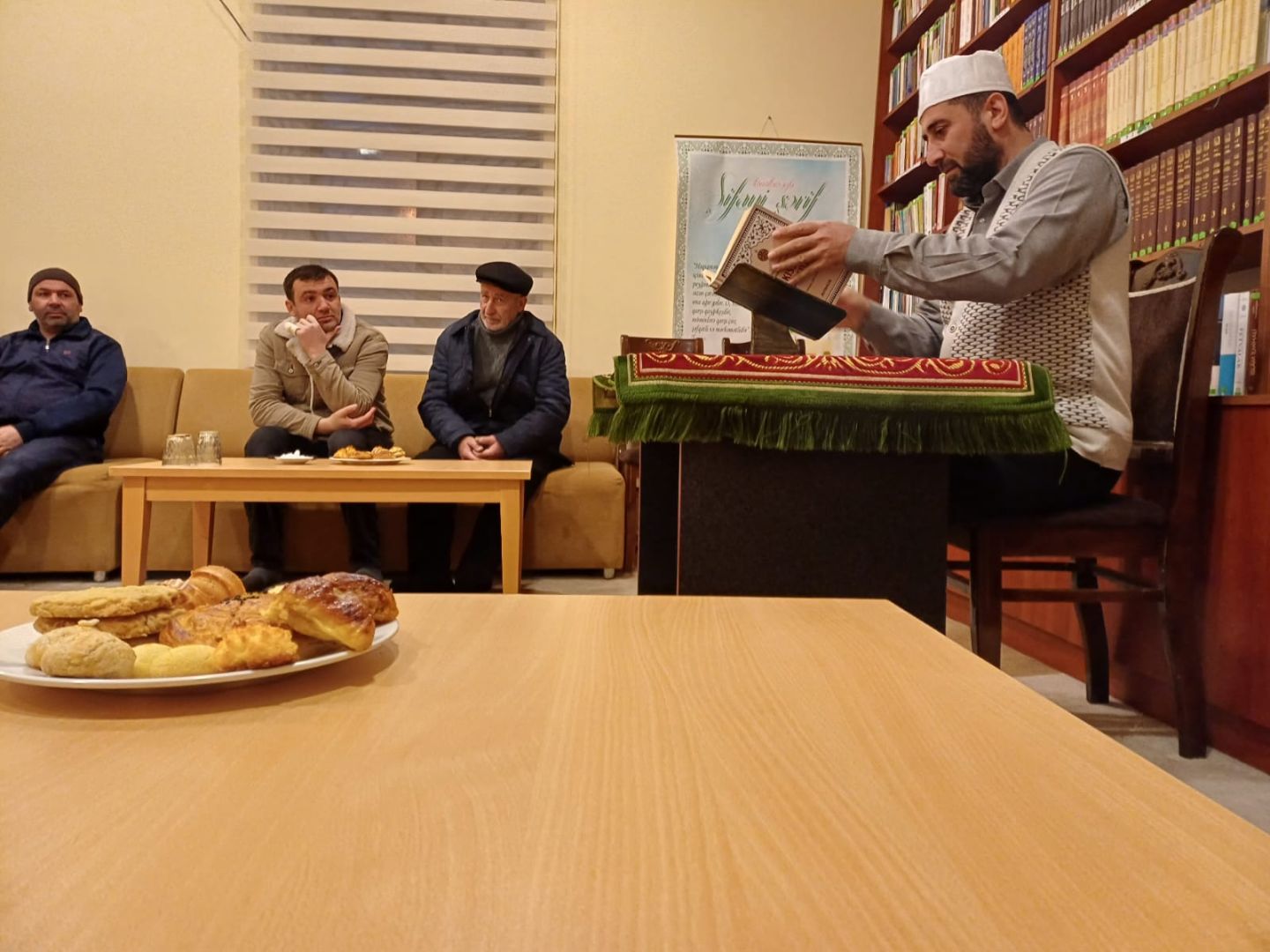
The faces of the local people who came to pray in the mosque gave a person positive energy. One feels as if one has returned to the era of happiness during the presence of Prophet Muhammad (PBUH) and his companions.
As soon as the conversation ended in the evening, I questioned Saleh Hodja. I tried to get information about the history of the mosque.
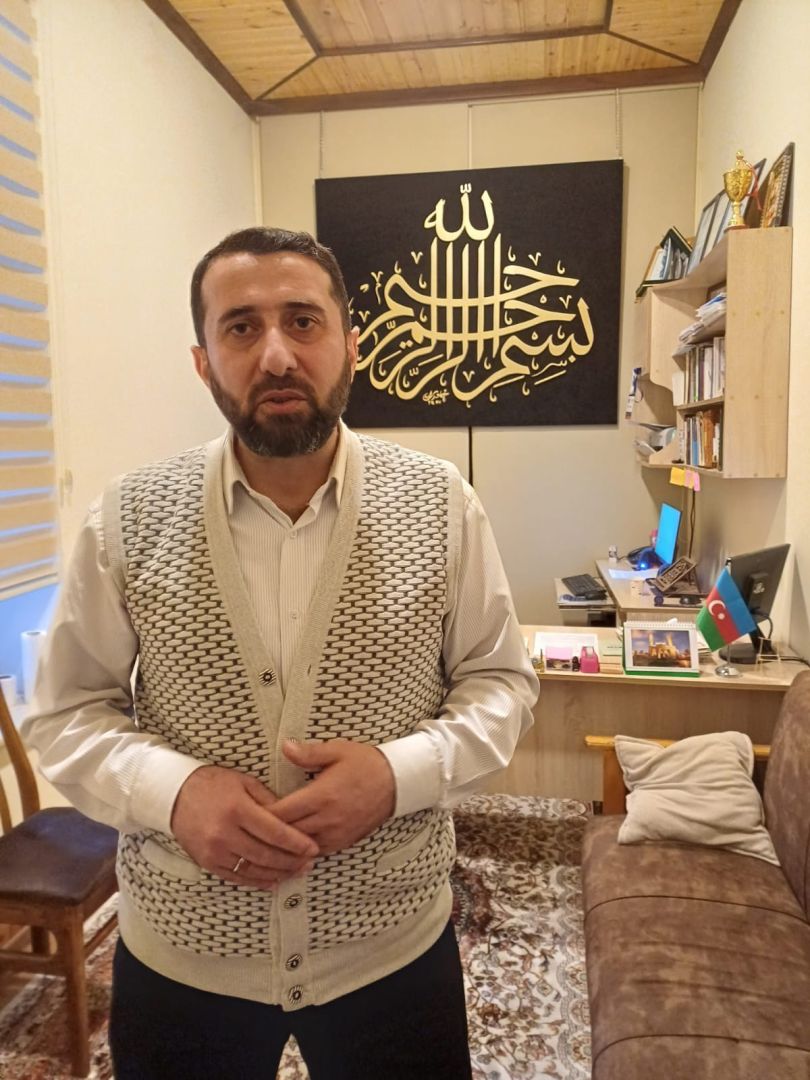
As soon as he started the interview, Saleh Shirinov said that according to the information he heard from the older generation, the mosque has a thousand-year history.
"Our mosque, that is, this place where we are sitting, is more than a thousand years old. As far as we know, there were three mosques in the Caucasus that were over a thousand years old. One of them is in Derbend, the second is in Shamakhi, and the third is where we are now.
According to the information that has reached us, the previous architectural structure of the mosque was small in size, but in 1892, the mosque was rebuilt and enlarged. I should mention that since Gabala was known as a settlement at that time, 10 mosques were in use here. 9 of them were called neighbourhood mosques, and 10th, i.e., this was called Juma mosques.
The mihrab of Juma Mosque, which was rebuilt in 1892, has preserved its appearance from 1000 years ago. Our ancestors did not touch the mihrab of the mosque when they rebuilt it, and it remains in its original form under the pillars. The mosque was used by people for religious services until Soviet Bolshevism invaded the Caucasus in the 1900s. In 1925, the activity of the mosque was stopped by the decision of the Soviet authorities. After 1925, the mosque was used for different purposes. For example, according to what was said at the time, this building was sometimes used as a cinema club, a tea house, a casino, a courtroom, and a warehouse. Finally, until 1983, the building of the mosque was in a state of disrepair. At the last minute, it was decided to renovate the mosque, and it began to function as a national museum of history. Of course, despite the fact that it was the period of Soviet rule, the visionary people of that time took such a smart measure to prevent this building from collapsing. Since 1986, the mosque has been operating as a museum of local history. Finally, after Azerbaijan regained its independence, the building was returned to its former appearance as a mosque after 2004."
There is a saying that the mosque is the house of Allah, and the role of benevolent people in this kind of work is considered indispensable. Saleh Shirinov also spoke about the benevolent people of Gabala during the construction of the mosque. He mentioned the name of a benefactor named Mustafa in this work, but the mosque was built as a result of the joint efforts of the local people.
The mosque was built with river stones and bricks, and according to what is said, the stones were hand-carried here from the eastern direction of Demiraparanchay with special effort. Haji Zeynalabdin Taghiyev, a well-known philanthropist and progressive person, had a valuable role in providing the metal and wood covering of the mosque. Thus, the local community appealed to Taghiyev to bring roofing materials and wooden products from Russia. Although they offered money, Haji Zeynalabdin did not accept the money and covered all the expenses himself. The promised wooden and metal products were delivered on time to the Laki station, and from there they were transported to Gabala and used for the construction of the mosque.
Even after 2004, the thousand-year-old Juma Mosque of Gabala has been restored and continues to function with the financial and moral support of the Fund of Aid for Youth. According to Saleh Shirinov, after the latest renovations, the mosque is divided into three parts: the main prayer area, the library section, and the women's prayer area. So, in the library section, which is for both men and women in separate, young people can come and spend their leisure time to learn and read the Qur'an.
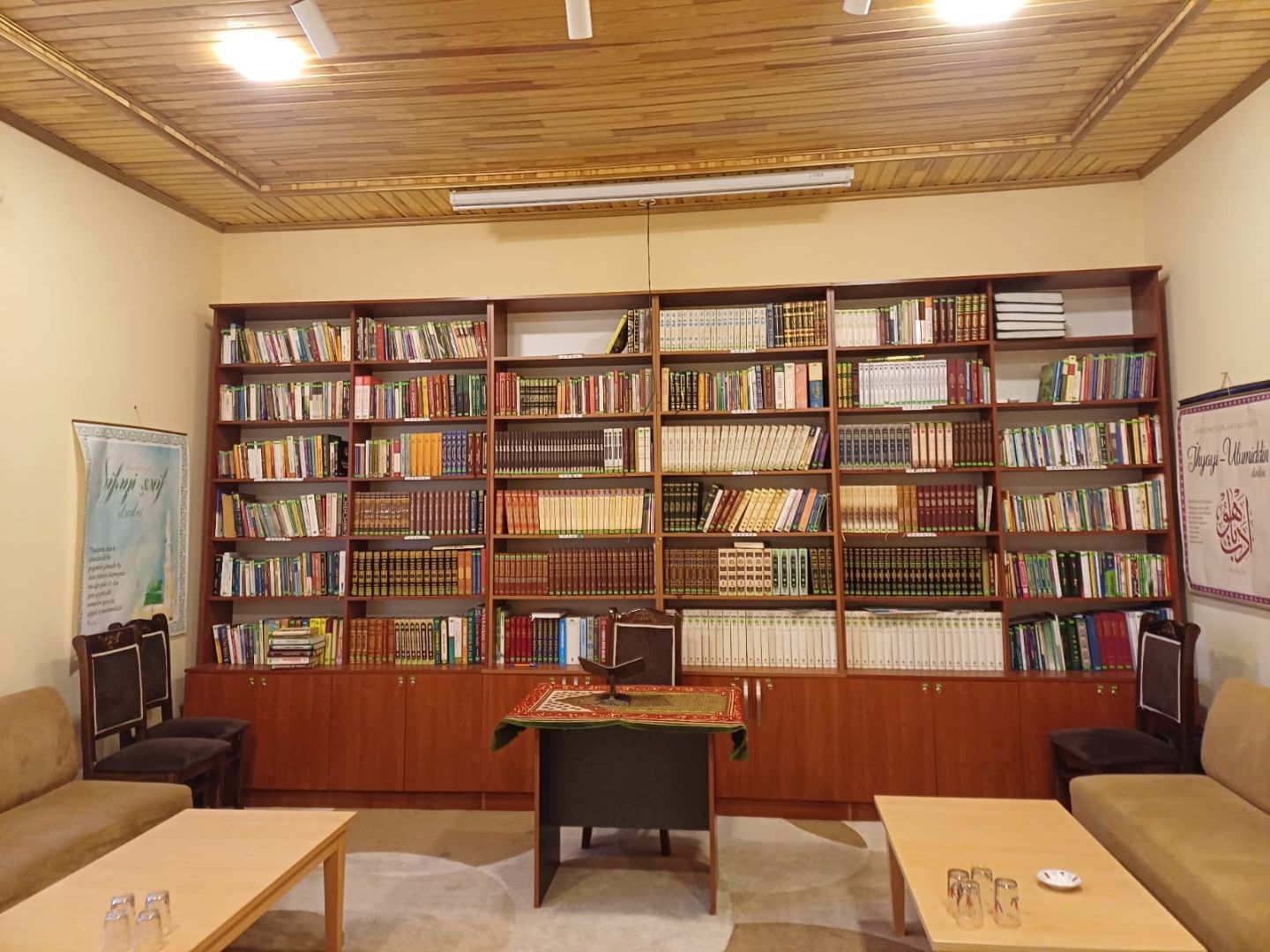
Gabala was also a centre of knowledge, that is, one of the places where the friends of Allah often came as guests and lived. It is also considered to be a region where the Shafi and Hanafi sects of Ahli Sunna are widespread, which is why the Naqshibandi sect continued channelling by Khalidi Baghdadi could reach these places in a certain period of time.
Saleh Shirinov mentioned the names of religious scholars who grew up in Gabala. Among them, the names of Ahmad Baba, Seyfaddin Baba, Asad Efendi, and Haji Garib Baba have been preserved in history.
Gabala also attracts hodophiles with its green forests, ice-cold waterfalls, and steep cliffs at the foot of the Greater Caucasus Mountains. In the centre of the region, there are five-star hotels, recreation centres, Tufan Da? skiing, and entertainment centres located on the east side of the region.
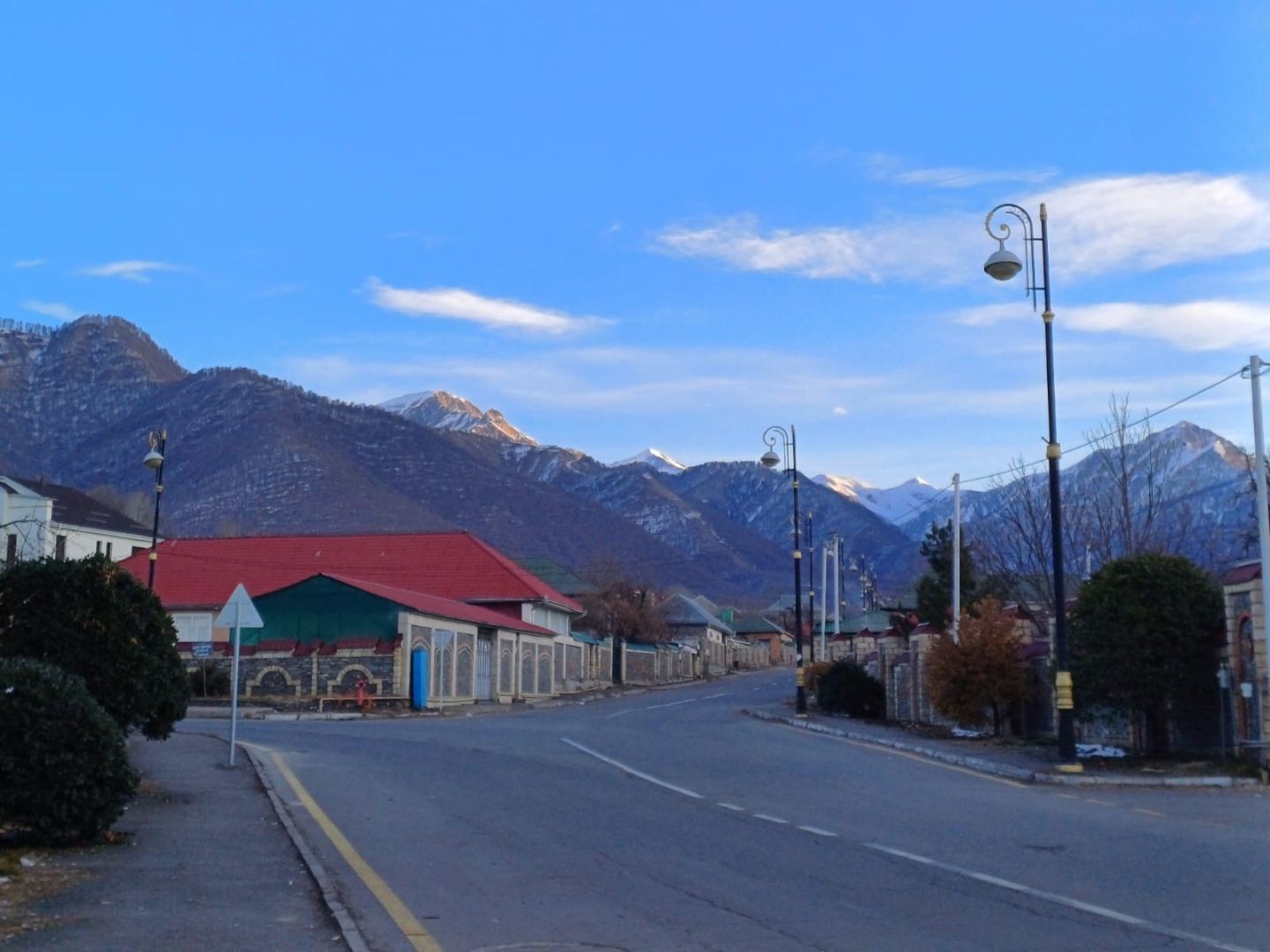
After the village of Vandam, before reaching the district, the Nohur Lake fascinates people with its charm. Not one day, not even a whole month, is enough to discover Gabala. While walking uphill towards the village of Laza, the cold air of the mountains suddenly makes one dizzy. Breathtakingly cold waterfalls and rivers overflowing with melting snow remind a person of a promised piece of paradise.
Gabala is another place, both as a place of knowledge holders and a place comprising the beauties created by Almighty Allah. How wonderful that we could enjoy the beauty of this place even for a couple of days!
Our motherland, Azerbaijan, is beautiful, and goodbye to you until our next journeys to discover more beautiful places together.
URL: http://www.today.az/news/society/246417.html
 Print version
Print version
Connect with us. Get latest news and updates.
See Also
- 15 January 2026 [14:54]
Turkiye backs Zangazur Corridor according to Azerbaijan’s plans, says FM Hakan Fidan - 15 January 2026 [14:46]
Azerbaijan, Vietnam explore joint opportunities in electric vehicle production - 15 January 2026 [14:13]
Azerbaijan establishes Western Industrial Park - decree - 15 January 2026 [12:14]
Baku conference to spotlight racism and violence against Sikhs in India - 15 January 2026 [12:08]
Pakistan launches ASAN Service Center in Islamabad with Azerbaijan’s support - 15 January 2026 [11:50]
US visa restrictions expand to 75 countries, affecting Azerbaijan and South Caucasus states - 14 January 2026 [15:19]
Azerbaijan participates in 298th IPU Executive Committee Session in Doha - 14 January 2026 [11:24]
Interviews begin for WUF13 Volunteer Program in Baku - 14 January 2026 [11:02]
Armenia publishes framework for TRIPP transit route - 14 January 2026 [09:23]
Footage of President Ilham Aliyev's meeting with residents of Aghdara posted on his social media
Most Popular
 Azerbaijan launches industrial copper mining: Demirli opens up new opportunities
Azerbaijan launches industrial copper mining: Demirli opens up new opportunities
 Defense Ministry, Military Prosecutor sign plan to prevent violations in armed forces
Defense Ministry, Military Prosecutor sign plan to prevent violations in armed forces
 President Ilham Aliyev inspects reconstruction progress in Heyvali village, Aghdara district
President Ilham Aliyev inspects reconstruction progress in Heyvali village, Aghdara district
 Trade is changing logic of Azerbaijan-Armenia relations: market before and after
Trade is changing logic of Azerbaijan-Armenia relations: market before and after
 Armenia publishes framework for TRIPP transit route
Armenia publishes framework for TRIPP transit route
 Protocol signed following 6th meeting of Azerbaijan-Italy Intergovernmental Commission
Protocol signed following 6th meeting of Azerbaijan-Italy Intergovernmental Commission
 Tehran warns of strikes on US bases across region
Tehran warns of strikes on US bases across region
